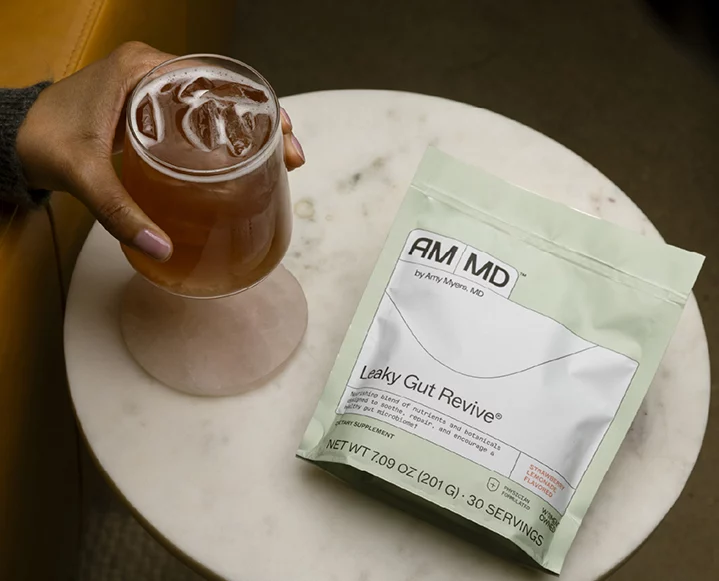A fridge full of ingredients but nothing to eat? We run into this situation at least once a week. Whether you’ve got a hodge podge of veggies from a recent recipe, a lingering new wellness food with no where to go, or a carton full of restaurant leftovers that just don’t feel right by the forkful, one idea that never fails is the frittata. What is essentially a lazy omelette or a quiche without the crust (or cream or other naughty ingredients), a frittata is a way of life.
There are endless ways to pull one of these one-plate wonders together, which is why it’s such a great solution for reducing food waste at home. Throw whatever you’ve got into the skillet and you can extend those leftovers and trimmings for a meal or two more in a creative way.
Here’s a simple guide on how to make a frittata from the revamped classic, How to Cook Without a Book, loaded with recipes and techniques for total culinary freedom.
How To Make A Frittata
The frittata formula is one of the easiest to follow in this book. Here’s why: Six to seven eggs form the base of the dish that can incorporate practically any combination of protein and vegetables you have on hand. Use any add-ins from seasonal favorites to extra ingredients left over from other recipes. Learn how to make a frittata with these simple steps:
Note: Regardless of the vegetables you choose, an additional ½ pound of potatoes (firm vegetable) and ½ pound of onions (tender vegetable) are constants.
Choose Your Veggies
Choose ½ pound of vegetables from either of the categories below. If you choose firm vegetables (like broccoli) or tough greens (like kale), steam with the potatoes. If you choose tender vegetables (like mushrooms) or tender greens (like spinach), sauté with the onions. As long as you have a total of ½ pound of vegetables, you can mix it up and choose vegetables from each category.
Because this egg dish is ingredient dense, you’ll need to stagger the cooking. The first step is to cook the potatoes and add firm vegetables or hardy greens (to steam with the potato). To ensure the vegetables steam quickly, dice firm ones or coarsely chop the greens. After steaming, place vegetables to the side.
FIRM VEGETABLES + HARDY GREENS…
Asparagus: snap off tough ends and cut into 1-inch lengths (thinly slice thick asparagus spears lengthwise)
Cauliflower or broccoli: cut into small florets (peel and thinly slice any stems)
Winter squash: peel, seed, cut into small chunks
Brussels sprouts: trim (halve small ones, cut medium and large ones into thick slices)
Kale, collards, turnip greens or broccoli rabe: wash, stem, coarsely chop and massage greens with a few tsp of olive oil (½ pound greens will measure about 8 packed cups before massaging)
TENDER VEGETABLES + GREENS…
Add once meat has browned, while you sauté onion.
Bell peppers: dice
Zucchini or yellow squash:dice
Mushrooms (baby bellas, cremini or domestic whites): slice
Cherry or grape tomatoes: halve and lightly salt (tomatoes break down quickly so do not cook with onion — toss with a Tbsp of olive oil and add to skillet once onion has softened)
Fennel: trim stalks and fronds, halve, core, dice
Baby spinach or arugula: wash
Beet greens and Swiss chard: wash, stem, coarsely chop
Artichoke hearts: quarter (9-ounce box frozen, thawed or 14-ounce can, drained)
Frozen corn: thaw
Pick Your Protein
After potatoes and vegetables are on a plate, return skillet to medium-high to cook meat. Substitute additional 1/2 pound of vegetable if omitting meat.
Sliced bacon: cut into medium dice and do not add oil — 8 ounces of bacon will render more fat than needed so once bacon has fried, tilt pan and spoon off all but a few Tbsp
Bulk pork or poultry sausage: (if using links, remove from casings) break into small pieces and fry until loses raw color
Cured or smoked pork: dice and sauté until brown
Thick-sliced ham, Canadian bacon or corned beef: dice and sauté until brown
Hot-smoked salmon: break into small pieces (no need to sauté smoked salmon, add to skillet after tender vegetables have cooked)
Canned chickpeas: drain
Pick Your Cheese
Use 3 to 4 ounces of just about any crumbled or grated cheese. I tend to go for tangy ones like extra-sharp cheddar and pepper jack. While vegetables cook, grate cheese. Divide it (no need to measure accurately) tossing a handful into the eggs and saving the remaining handful to sprinkle over the top.
Crumbled: goat or feta
Grated: extra-sharp cheddar, Gruyère, provolone, Fontina, Swiss, pepper jack
Pick Your Herbs
Choose one, dried or fresh — and these are optional. While adding cheese to eggs, sprinkle in.
Thyme, oregano, dill or tarragon: 1 tsp dried or 1 Tbsp fresh, minced
basil leaves: 1 tsp dried or ¼ cup fresh, chopped
parsley or cilantro: 2 Tbsp fresh, chopped
Cooking tip: When the frittata emerges from the oven, it may stick a bit to the pan — especially if using egg whites or egg substitute. Eventually the steam from the eggs will cause the frittata to loosen from the pan. If you don’t want to wait, cut the frittata into wedges in the pan with a spatula or other tool that will not damage the skillet’s surface.
Recipes and photographs reprinted from How to Cook Without a Book, Completely Updated and Revised: Recipes and Techniques Every Cook Should Know by Heart. Copyright © 2000, 2018 by Pam Anderson. Photographs by Lauren Volo. Published by Clarkson Potter/Publishers, an imprint of Penguin Random House LLC.











